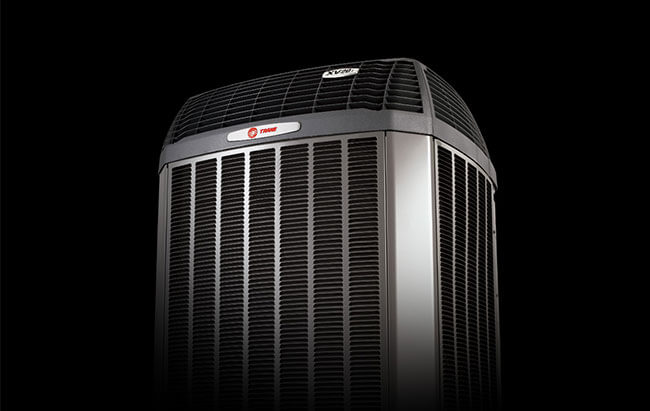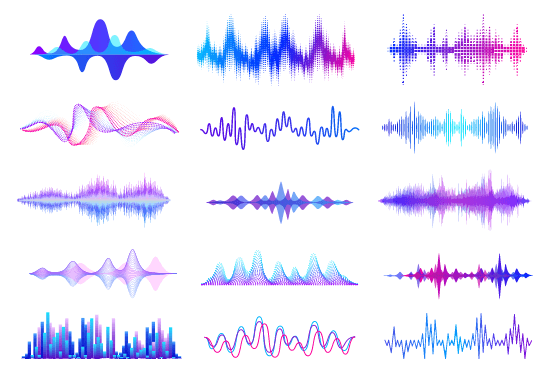Who Invented Air Conditioning?
Summertime, and the living is … pretty easy, actually. California summers may be hot, but it’s nice and comfortable indoors. Relax, sit back, maybe watch some TV and enjoy the refreshing flow of cool air from your air conditioner. Usually we take it for granted, but human beings have been trying to cool off for a very long time, and the technology that keeps us cool these days has a very interesting history.
Air Conditioning in the Stone Age
People have always looked for ways to cool off in hot weather. Even in prehistoric times, Stone Age people had their own ways of beating the heat.
In modern terms, we would say that they took advantage of insulation and heat sinks. “Cavemen” didn’t use those words, of course, but they liked caves for a good reason: the surrounding rock provides a natural insulating effect and keeps the interior at a steady temperature all year round. Solid walls of substances like brick and adobe offered the same type of protection.
Similarly, prehistoric people understood that on a warm day, it’s cooler near the water. They took advantage of the natural cooling effects of rivers, lakes and beaches. California was an especially hospitable area, and pre-agricultural native Californians enjoyed an exceptionally high standard of living.
Air Conditioning in the Ancient World
The ancient Egyptians were amazing architects — just look at the Pyramids! Their architectural genius also extended to building comfortable homes for Egypt’s hot climate. They built thick walls for insulation and whitened them to reflect away the worst of the sun’s heat. They angled doors and windows to take advantage of the prevailing breezes. They even figured out how to make those breezes cooler by making them flow over water or through wet reeds.
The ancient Chinese developed remarkably sophisticated ways of cooling their buildings. They used waterflow and manual labor to power fans, fountains and even water jets to cool off the palaces of the wealthy.
Some cooling techniques became standard in warm climates. The civilizations of cold, wet Europe developed a tradition of hospitality based on the fire. The hearth became the warm heart of the home, at which guests were invited to warm themselves. In the hot, dry climate of the Mediterranean, hospitality was centered on water instead. Guests were invited to bathe their feet and relax by a cool fountain.
Artificial Cooling: Evaporation and Condensation
With the Scientific Revolution, came new breakthroughs that would lead to modern air conditioning systems.
In 1558, the Neapolitan scholar Giambattista della Porta published the book Natural Magic, which is now recognized as a foundational work in the history of science. He included many observations about the physical and chemical properties of various substances. Among these, he noted that it was possible to greatly lower the freezing point of water by adding potassium nitrate.
In 1620, the Dutch inventor Cornelis Drebbel applied this principle to a dramatic display at the court of King James I of England, “Turning Summer into Winter” by creating an elaborate system that dramatically cooled down a part of Westminster Abbey.
In 1758, Benjamin Franklin conducted an experiment in artificial cooling using a mercury thermometer. He showed that volatile liquids such as alcohol and ether, which evaporate extremely rapidly, can be used to lower the temperature below freezing. He was able to cause ice to form on the thermometer even though the weather outside was a mild 64 degrees Fahrenheit.
In 1820, the English inventor Michael Faraday showed how to use the cooling power of evaporation with a closed system. He developed a compressor which could condense ammonia vapor into liquid ammonia. The liquid could be allowed to evaporate, creating a cooling effect, and then condensed again to repeat the cycle.
Nineteenth-century inventors built on this work for the next 80 years, developing a variety of cooling machines and ice-makers. However, air conditioning as we know it today didn’t become truly practical until the age of electricity.
Willis H. Carrier
In 1902, an American inventor named Willis H. Carrier built the first modern electrical air conditioning unit. It was installed in a Brooklyn office. Carrier’s invention not only cooled the air, but it also controlled the humidity. Carrier went on to develop a number of important principles regarding the control of temperature and humidity which have guided the development of the technology ever since.
In 1914, Carrier and a group of other young engineers pooled their savings and launched the Carrier Engineering Corporation. The company grew and expanded, despite the challenges posed by the Great Depression and two world wars, and became one of the biggest employers in central New York. The Carrier Corporation hosted a pavilion shaped like an igloo at the 1939 World’s Fair to show the world the future of air conditioning.
Willis H. Carrier died in 1950 at the age of 73, but the Carrier Corporation remains one of the world’s foremost HVAC and refrigeration companies.
Air Conditioning Changes the World
The world was a different place before air conditioning became widely available. Summer used to be the deadliest season of the year: heat waves would cause thousands of deaths from dehydration and heatstroke. On sweltering summer nights, it was too hot to sleep or to do anything else; spring saw the lowest birth rates of the year. Hot states like Florida and Arizona had low populations because no one wanted to deal with the heat. Air conditioning changed all of that.
In 1914, the first home air conditioner was installed. In 1933, the first home to feature central air conditioning was built. In 1939, the first automobile with built-in air conditioning hit the market. In 1945, the first practical window-mounted AC unit was developed. In the late 1960s, the majority of newly built homes featured central air conditioning, and window units were ubiquitous in buildings that didn’t have a central system.
Because of Willis H. Carrier and hundreds of other scientists and inventors before and after him, we live a world of cool indoor comfort.
The Air Conditioning Experts in Sacramento, CA
At Crystal Blue Plumbing, Heating & Air, we’ve been trusted experts in the Sacramento area since 1976. We serve residential clients as well as businesses, including hospitals and vineyards. Since adding HVAC services in 2012, we’ve won the Best of the Best Award nine years in a row.
We’re trusted by Sacramento in every type of project we undertake, and we do every kind of air conditioning work, including repairs, installations and replacements, maintenance, service agreements and new construction.
But we do a lot more than residential air conditioning. Our services include air conditioning, heating, plumbing, indoor air quality services, duct repair and replacement, whole-house fans, ventilation, humidification and commercial projects. Our expertise in the big jobs translates to understanding everything about small jobs, too, as shown by our many awards for residential service.
Contact Crystal Blue Plumbing, Heating & Air today for more information! We’ll be happy to answer your questions or schedule an appointment.








